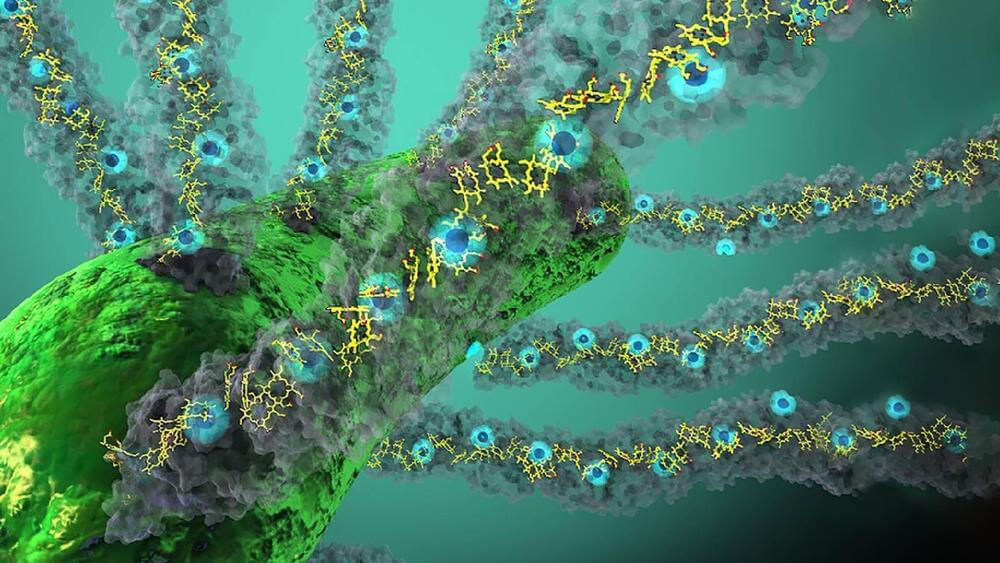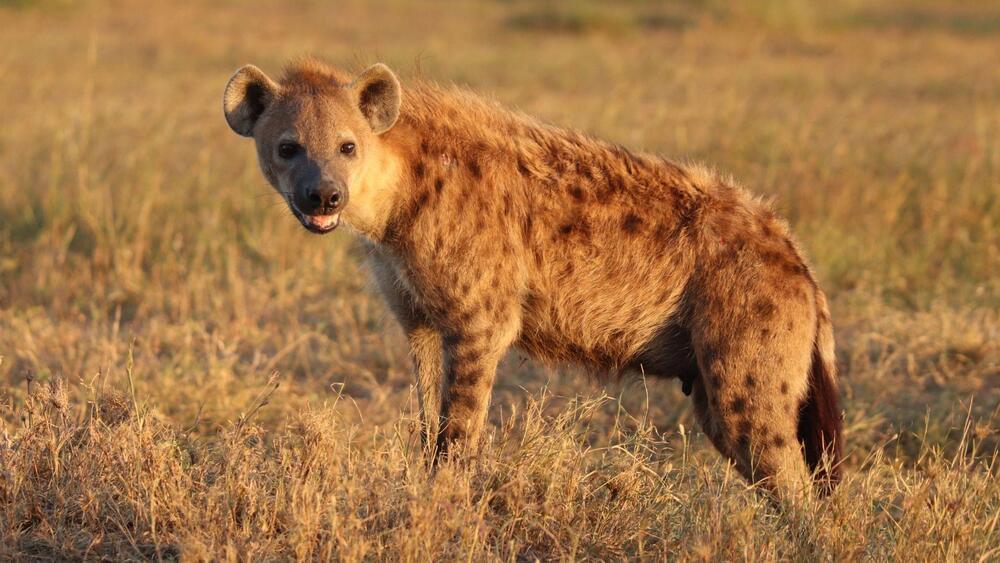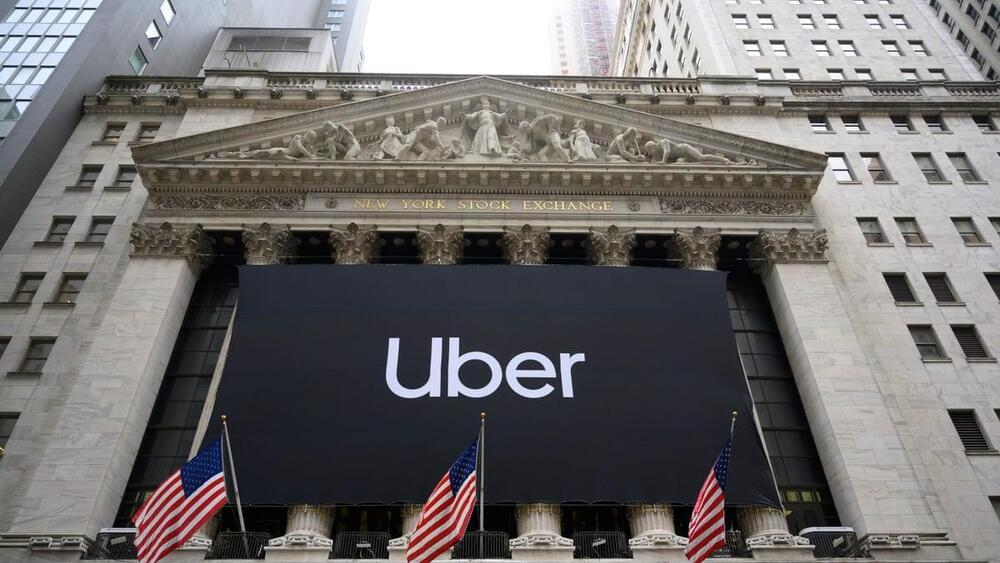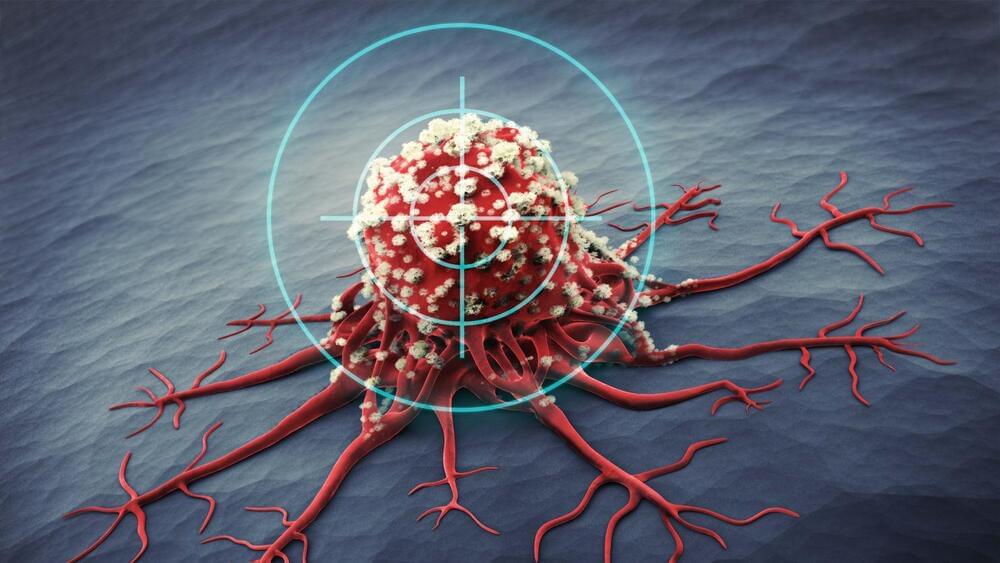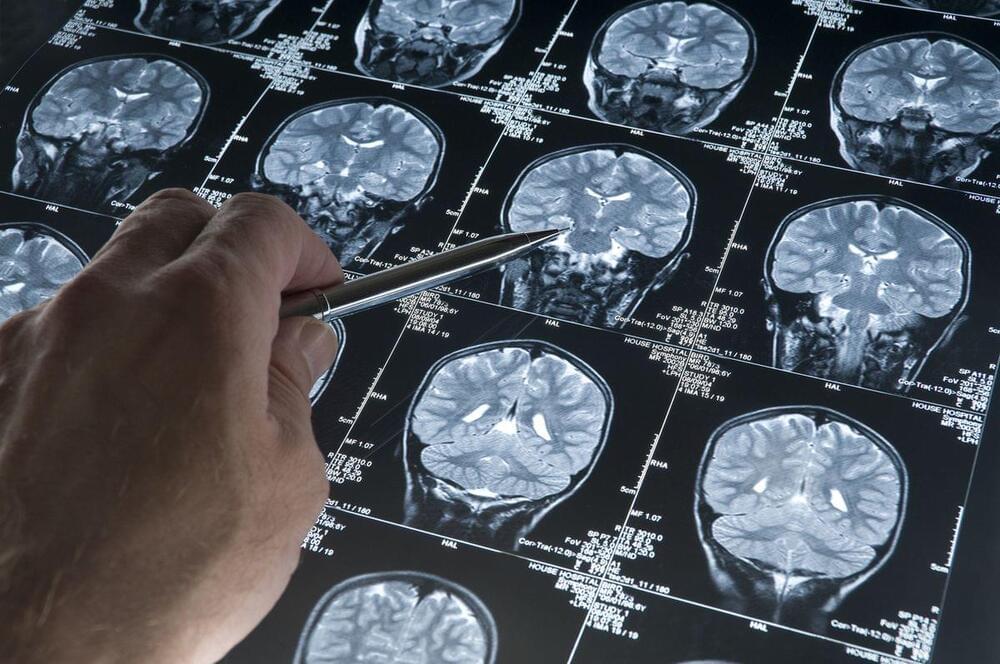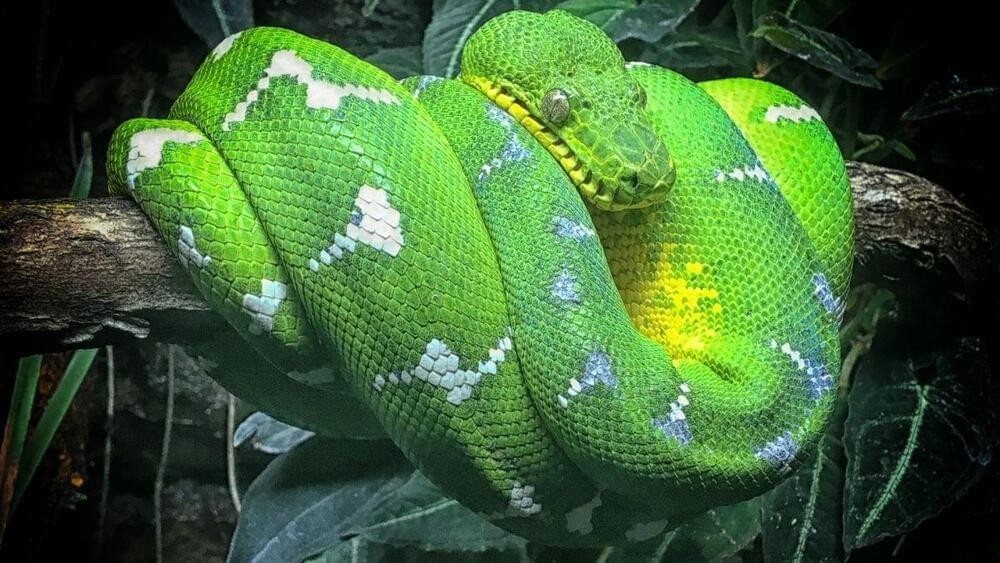They are hard to spot underneath all the space dust.
Astronomers today understand the basics of how planets are born but have struggled to witness the process thus far, even with the use of advanced tools. Now, a group of astronomers at the Center for Astrophysics, Harvard & Smithsonian have engineered a new way to detect these elusive newborn planets, according to a press release by the institution published Thursday.
The findings are described in The Astrophysical Journal Letters.
Buradaki/iStock.
Now, a group of astronomers at the Center for Astrophysics, Harvard & Smithsonian have engineered a new way to detect these elusive newborn planets, according to a press release by the institution published Thursday.

